It seems that everyday something new is being learned about the cannabis plant. New cannabinoids, terpenes, flavonoids, etc., all with their own benefits. One of the more interesting finds of late is THCP and CBDP, and though information is currently limited on these THC-like compounds, they both show a possibility of being stronger than the cannabinoids we’re already familiar with.
With THCP and CBDP coming out, there’s a whole new direction to go in with cannabis. However, we know way less about them than we do about delta-8 THC, another newcomer to the cannabis products market. Delta-8 is interesting because it functions much like delta-9 THC, but without producing anxiety and paranoia, or couch locking users. In fact, delta-8 is associated with a more clear-headed high and more energy in general, which makes it preferable for many cannabis users. Are you one of them? Check out our assortment of Delta-8 THC deals and order some today.
Is there more than one kind of THC?
Yes and no. The term THC (tetrahydrocannabinols) refers to a specific chemical structure: C21H30O2. However, this chemical structure can produce different, though similar, molecules, also known as isomers. Meaning the chemical formula is the same, but the configuration of atoms within the molecule is different. There are different kinds of isomers to denote these differences in configuration. In the case of THC, the version we are most familiar with, and which is most associated with the psychoactive effects of cannabis, is delta-9 THC.
The ‘9’ in delta-9 denotes the ninth carbon atom in a chain where a double bond occurs. When this double bond moves to the 8th atom, it becomes the isomer delta-8 THC. If it’s on the 10th atom, it becomes delta-10. Delta-8 is a naturally occurring isomer, which is created through the oxidation of delta-9 when it comes into contact with oxygen. In this process, the delta-9 THC molecule loses electrons and stabilizes to form delta-8. This happens in tiny amounts, and for larger quantities, human synthetization help is required. Delta-10, on the other hand, does not occur naturally in nature – for whatever reason – and therefore can only be formed synthetically. CBD has the same chemical formula, definitionally making it a tetrahydrocannabinol – just not the ‘THC’ we think of, when we think of ‘THC’.
WANT THE BEST DELTA 8 THC PRODUCTS?
CLICK HERE FOR THE LIST OF THE LATEST DELTA 8 DEALS
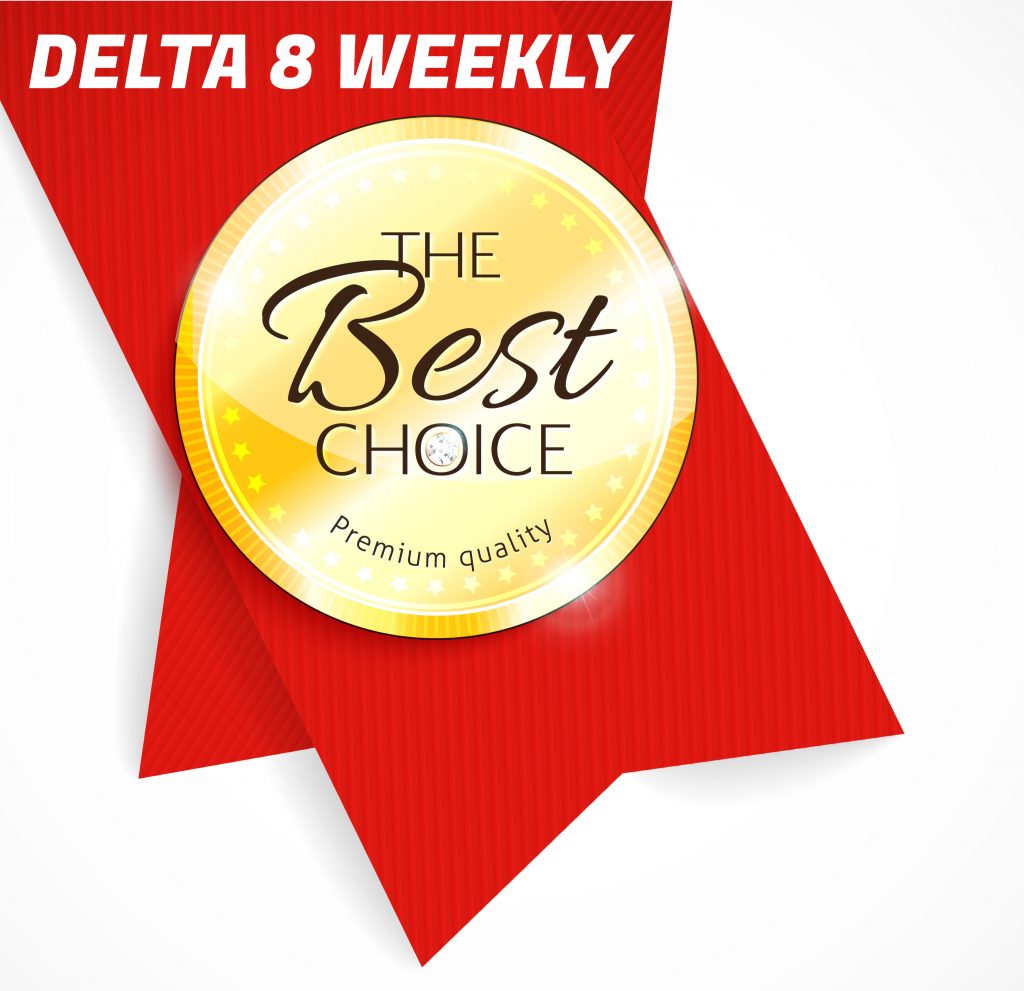
When THC is consumed in edible form, it produces stronger, longer-lasting effects. This is because the THC is metabolized in the liver, where it’s transformed into 11-ydroxy-THC, with this chemical formula: C21H30O3. This is not THC, or an isomer or analogue of THC. It’s a metabolite of THC, with many similar properties. This compound was created synthetically as an analogue by Raphael Mechoulam and team at Hebrew University, with the name HU-210. This means it is structurally and functionally almost identical to the compound its a synthetic of. This compound, 1,1-Dimethylheptyl-11-hydroxy-tetrahydrocannabinol, has this chemical formula: C25H38O3, and is said by the researching team to be anywhere from 100-800 times stronger than delta-9 THC.
Mechoulam seems to like finding stronger THC versions. Another major discovery of his is cannabidiolic acid methyl ester (HU-580). This fully stable, acid-based molecule has this chemical formula: C23H32O4, and is a synthetic analogue of THC. Plus, there’s also THCA – C22H30O4, the precursor acid to THC, which is what is actually abundant in fresh cannabis flowers. This THCA decarboxylates (loses a carboxyl group COOH) to form THC. THC, is therefore an analogue of THCA.
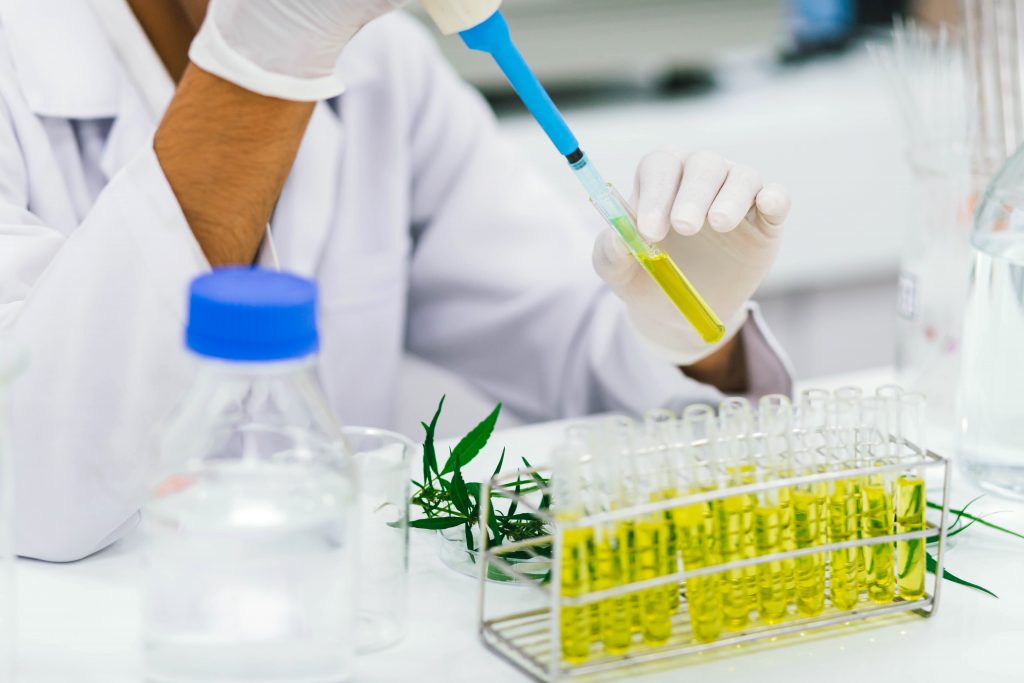
THCs, and analogues are all structurally similar. However, there are other cannabinoids that can produce similar effects. Take CBN for example. CBN – cannabinol – is a mildly psychoactive cannabinoid that is produced through the degradation of THCA. CBN has this chemical formula: C21H26O2, making it similar to the THCs, but not an isomer or analogue.
What are THCP and CBDP?
So we have delta THCs and CBD which are a group of isomers in the category of tetrahydrocannabinols – whether synthetic or naturally-occurring, that all share the same chemical formula. We also have analogues in the form of THCA, and HU-580, and metabolites like 11-hydroxy-THC (and its analogue HU-210). We also have similar cannabinoids that don’t qualify as THC, but are still not far off, like CBN. And this brings us to THCP and CBDP.
On December 30th, 2019, Italian researchers discovered two new phytocannabinoids. The reason they are ‘phytocannabinoids’ and not ‘cannabinoids’ is that plants only produce phytocannabinoids, and they do so in acidic form, hence the fact that the precursor to THC, is THCA (tetrahydrocannabinolic acid) – the acid form. These acids transform into neutral cannabinoids when the acid goes through decarboxylation.
Italian researchers working on the UNIHEMP project were in the midst of investigating FM2 which is a medical cannabis strain. The research team observed two different phytocannabinoids that had not been reported before. They were able to isolate the compounds, and then artificially synthesized them for reference and verification of the naturally occurring molecules. The two cannabinoids in question are THCP (tetrahydrocannabiphorol), and CBDP (cannabidiphorol) which have this chemical formula: C23H34O2.
Now the question becomes, how are these molecules similar to THC and CBD. THCP is a certain type of analogue, called a homolog. This means it is nearly structurally the same, but belongs to a group that differs according to a repeating unit, in this case an alkyl side chain. This is the first cannabinoid found with more than five carbon atoms in the chain. Prior to its finding, THC had the longest sidechains of any known cannabinoid. These alkyl chains consisted of five atoms, with the length helping to determine the longevity and potency of the molecule. THCP has seven atoms on its alkyl side chain. It was found that THCP binds to both CB1 and CB2 receptors easily, and at CB1 receptors the molecule is 33% more active than THC, and 10% more active at CB2 receptor sites.
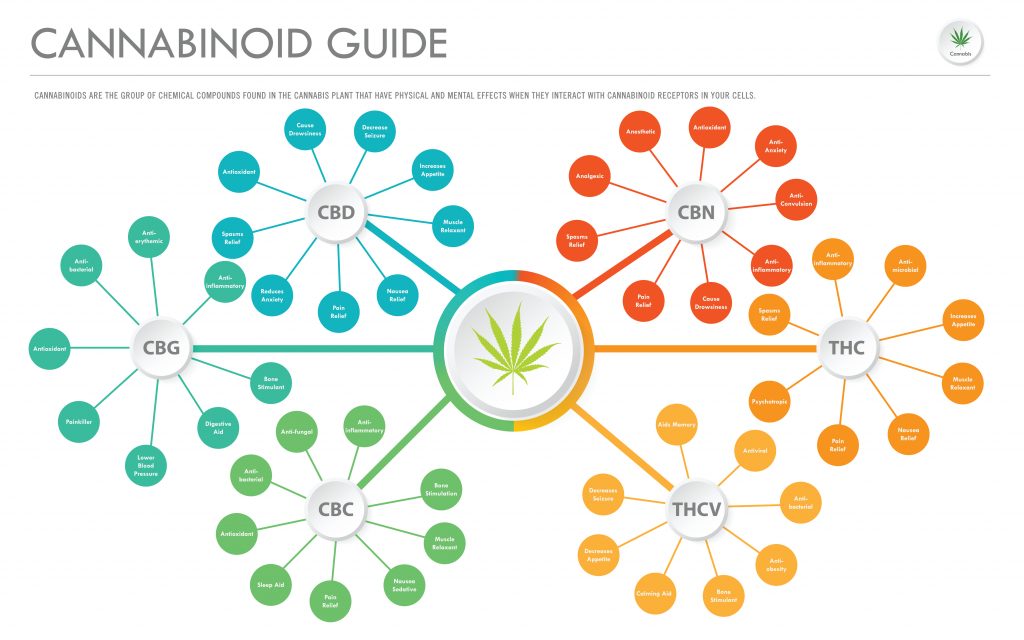
How much of this molecule is required to experience effects cannot be said at this time, as there has not been further research yet to elucidate specifics. The implication is that it will be stronger than THC since it binds stronger, but this is not known for sure. Both THCP and CBDP are produced in trace amounts, so in order to produce enough for human consumption, either new plants with higher amounts of these molecules would need to be engineered, or it must be synthesized in a lab.
While it was found that THCP does much to mimic THC, it was also found that CBDP mimics CBD, though the research team focused their energy far more on THCP. THCP and CBDP are isomers of each other, just like THC and CBD are isomers of each other. CBDP acts as a corresponding heptyl homologue of CBD, with the same seven atom carbon chain. One thing to understand about both of these compounds is that they have not been tested yet for effects, so it’s impossible to know how humans will experience them.
Are THCP and CBDP safe?
As evidenced by the initiation of delta-8 and delta-10 THCs into the products market, the cannabis industry is not filled with people who really care about creating good products. Rather there are plenty of swindlers looking to make a buck. In unregulated industries this can very much become a problem, and this leaves huge gaps in terms of safety issues, especially when human processing help is involved, as this can involve harsh chemicals. Does it mean these are unsafe drugs? Not necessarily. But without medical evidence, or even longstanding anecdotal evidence, it’s hard to know.
The compounds themselves are probably fine, but even research professionals would be unlikely to make that statement based on what’s out there right now. However, the compounds themselves are not the big issue. Sure they could be toxic in high amounts, or cause interactions not foreseen, but our experience with cannabis thus far tells us its probably okay. When it comes to the safety issues of these products, the majority have nothing to do with the form of cannabis being used, but with the methods of production.
For that reason, buyers should beware, as no regulation is in place to stop prospective sellers from saying anything they want. If a buyer wants to purchase such a product, they should do so from a company they are familiar with and trust, and one that provides the highest level of safety information available. Most ‘lab tests’ on vendor sites are simply readouts of the amounts and types of cannabinoids. And while this is good to at least verify that the active ingredients being paid for are there, it does absolutely nothing to explain or verify the synthetization or processing methods, or the chemicals used. And this is where things can get sticky.
We already know that synthetics aren’t the biggest deal, as anyone who bought a vape cart from a non-official dispensary has smoked a good bit of something K2 like. Regardless of the ‘epidemic’ pushed by the government, vapes have shown to be way less harmful than standard smoking EXCEPT when bad additives are used like vitamin-e acetate. Vitamin-e acetate isn’t what people are paying for with a vape. The thing they’re paying for won’t hurt them at all. But the inclusion of vitamin-e acetate created an unsafe product. Until regulation methods are in place for the production of these products, there will always be a danger about how they are made.
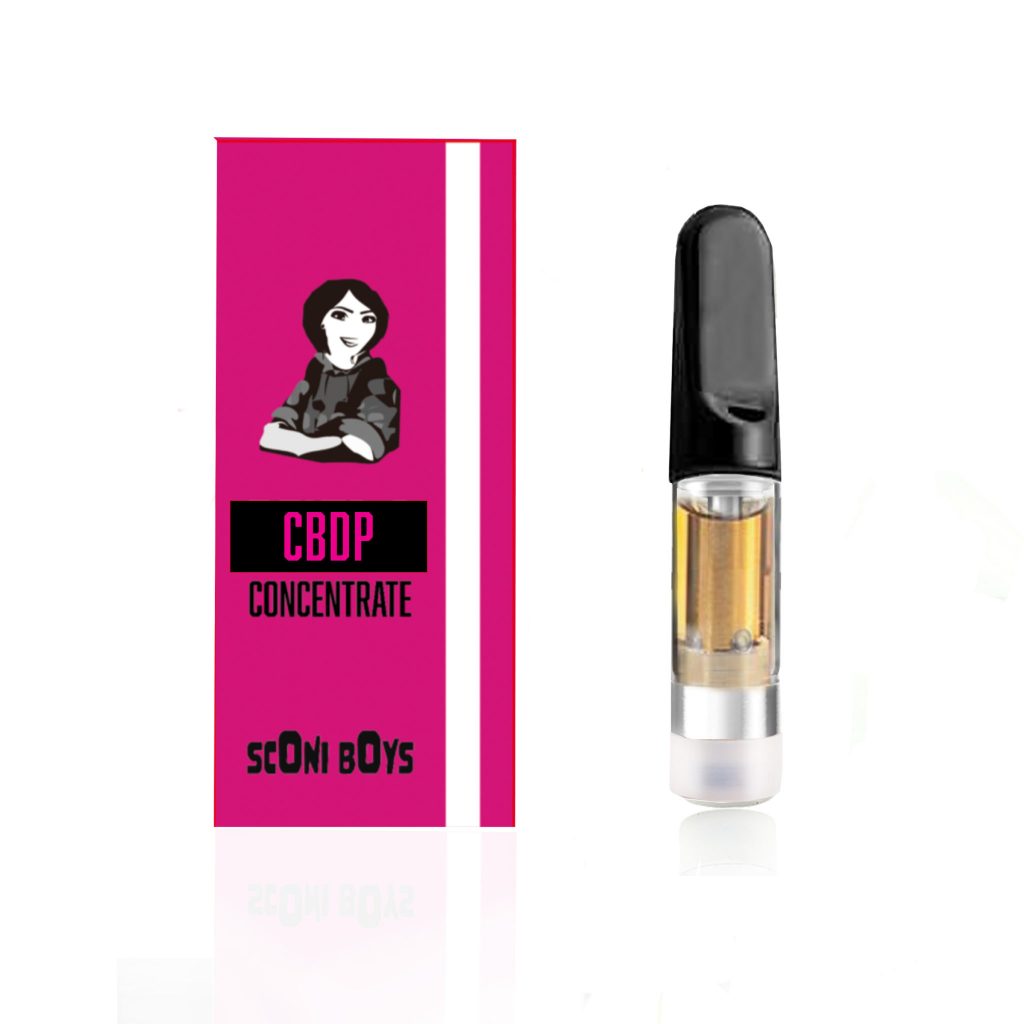
As of right now, there is no official information out there on these compounds apart from the one study where they were found. This should be remembered when looking at the marketing information of products.
THCP and CBDP products
There are companies that are foregoing waiting enough time to ensure safety for their clientele, and in this world, buyers get to choose how much risk they want to take. Companies that are better about providing safety information will likely not be selling these products at the moment, since they wouldn’t be able to verify anything for users, as no information on the subject exists. This means, all available options are more likely to be companies that are questionable in terms of general product safety.
As a person who has bought plenty of dicey products in life, I know full well that this doesn’t have to mean anything bad. But as a person who does like to be careful, I, myself, would require a little more before buying into this emerging fad. But that’s me, and I’m not everyone. So, for those who want to give what’s out there a shot, here’s an option to try.
One company that went in on it fast, is Sconi Boys from Wisconsin. Besides a line of delta-8 products, the company also has THCP and CBDP vape cartridges. These 1ml carts cost $59.99 each and have lab results to verify the cannabinoids within, meaning whatever benefits there are to these compounds should be easily experienced by the user. These carts are a great way for anyone interested in these new compounds to try them out.
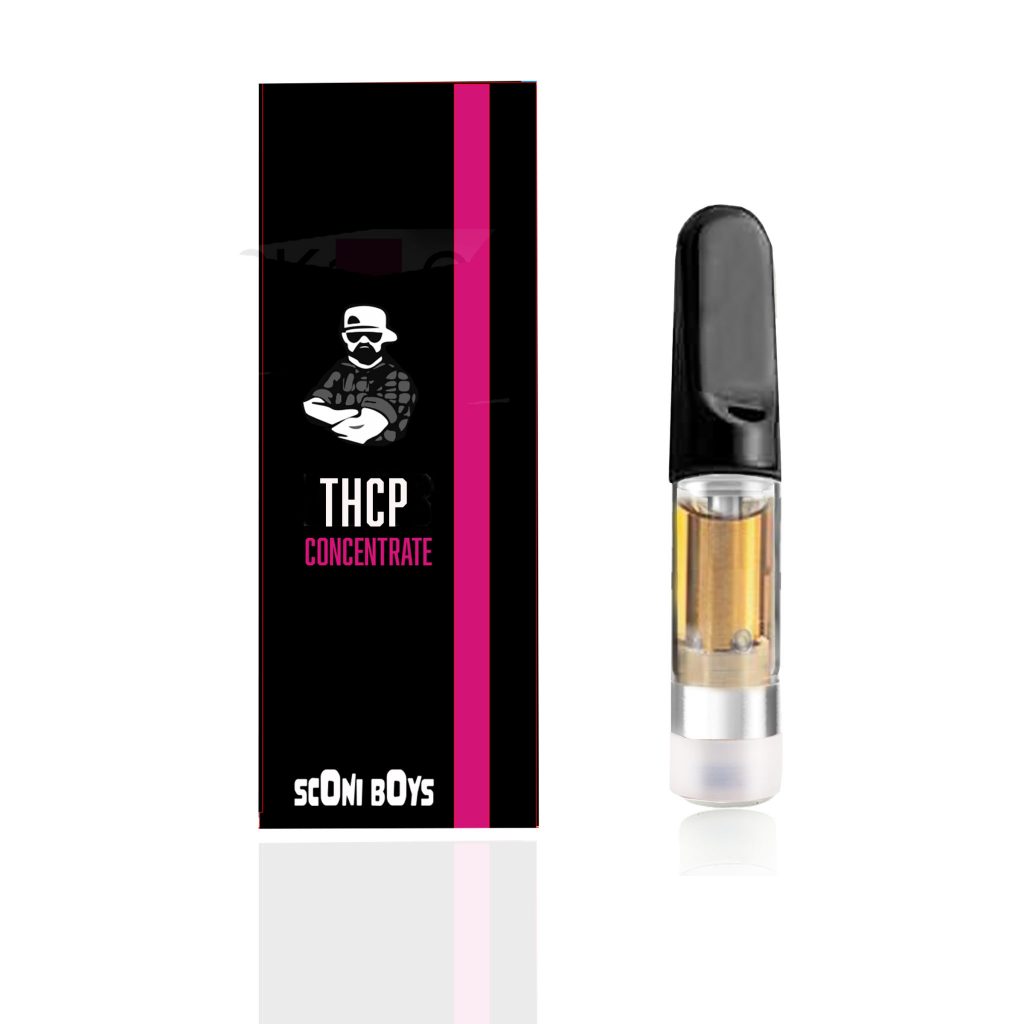
Sconi Boys also puts out some interesting delta-8 products like Delta-8 Cookies. These delicious looking oatmeal raisin, brown sugar, caramel cookies, have 25mg of delta-8 per cookie, come in packs of two, and cost $15.99. Or the Delta-8 Tincture, which contains 1,000mg of delta-8 in flavors like Lemon Drop, Starkist, Apple Jack, Vanilla Bean, and Berry Rose, and costs $39.99 for each 1oz bottle.
Conclusion
The cannabis plant is home to so many different compounds that we just don’t know about all of them yet. Through time, there will likely be more discoveries just like this one. THCP and CBDP are interesting because it appears they could be much more powerful than standard delta-9 THC and CBD, and possibly with different and/or stronger health benefits. Hopefully in the near future there will be more info to go on, and more products for use.
Welcome! You’ve arrived at CBDtesters.co, the #1 location for the most relevant cannabis-related news from around the world. Give the site a read-thru every day to stay on top of the ever-changing world of legal marijauna, and sign up to receive our newsletter, so you’re always in the know.
Resources
Exploring Raw Cannabinoids – What is THCa and What Can it Do For You?
It’s Not Your Parents’ THC – Welcome Cannabidiolic Acid Methyl Ester The Delta 8 Weekly Newsletter (All you need to know about Delta 8 thc), the Best Delta 8 THC Deals and the Best Delta-10 THC deals CBG, CBN & CBC: Benefits of the Lesser Known Cannabinoids
Delta 8 / 9 / 10 / 11… How Many THCs Are Out There? Extra Potent 11-hydroxy-THC and the Power of Cannabis Edibles
The Question of Delta-8: Recreational or Medicinal?
Delta 10 THC Disposables
What is Delta 10 THC & Does it gets you high?
Disclaimer: Hi, I’m a researcher and writer. I’m not a doctor, lawyer, or businessperson. All information in my articles is sourced and referenced, and all opinions stated are mine. I am not giving anyone advise, and though I am more than happy to discuss topics, should someone have a further question or concern, they should seek guidance from a relevant professional.
Affiliate disclaimer: We work hard to find and verify the best products, so we may include affiliate links to support the maintenance and development of this site.
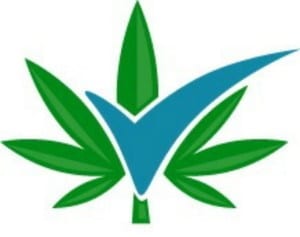
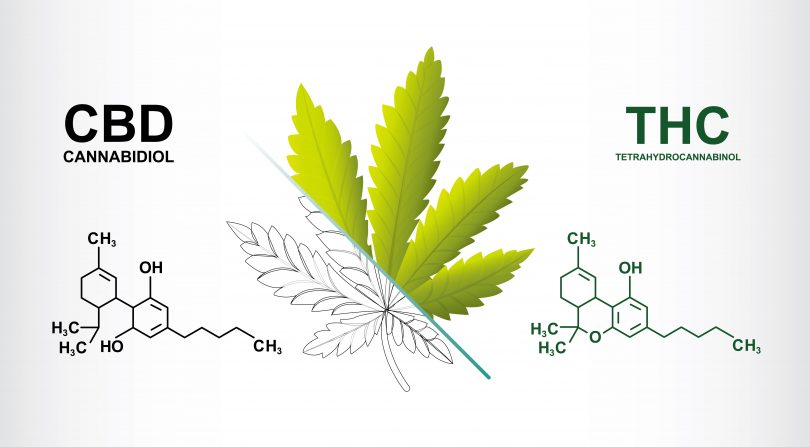


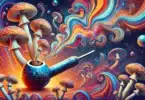


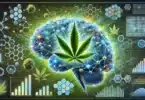

Great story and very interesting developments. I don’t know why people are against everything but Delta-9. I like choices, I don’t care for whiskey but glad I have choices such as vodka. If the products are top shelf, don’t ban them….get rid of the people who only care about making a buck at the expense of consumers.
Can’t wait to try the new products when they come out.
Thanks, Sarah…..again, great article!